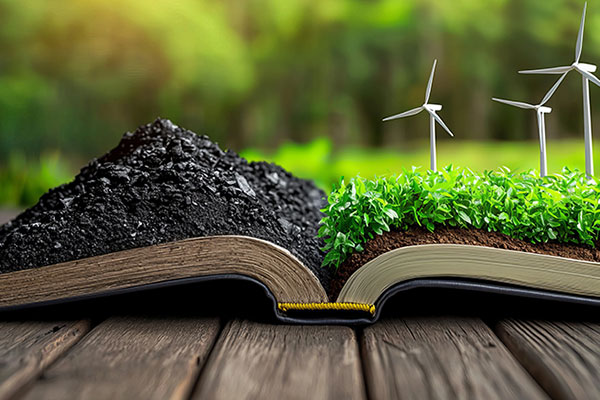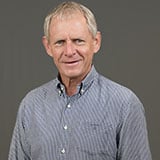Africa’s energy future: Before transition, there must be access

Even among the electrified, access is uneven. Just three countries—South Africa, Egypt, and Algeria—account for more than 50% of all electricity consumed on the continent. In contrast, dozens of others struggle with single-digit electrification rates. While global attention focuses on Africa’s potential role in the energy transition, we should be asking a different question: How do we deliver power—clean, secure, and affordable—to those who’ve never had it?
A continent of contrasts
Africa is not one market. It’s 54 countries, each with its own energy story that tells unique resource endowments, grid maturity levels, generation backlogs, and political dynamics. No single method of transition can be applied as a one-size-fits-all solution; some countries, like Ethiopia and Kenya, already operate close to net-zero electricity systems, thanks to abundant hydro, geothermal, and other renewables. Others, like South Africa and Algeria, are heavily dependent on fossil fuels.
This diversity demands a more granular, country-specific view of what “transition” means in practice. On May 20, 2025, South Africa’s Minister of Electricity and Energy, Dr. Kgosientsho Ramokgopa delivered a keynote address at the Enlit Conference in Cape Town, emphasizing the need for energy sovereignty and a balanced approach:
“We are increasingly becoming aware, if we were not aware previously, that countries pursue sovereign interests. So, everything is subordinate to sovereign interests.”
This sobering acknowledgement that international collaboration, especially in areas like climate change and energy, often masks a more fundamental truth: nations act primarily in their own self-interest. It’s an acknowledgement that no one’s coming to save the nation, and this begs the question: What does this mean for South Africa’s energy transition?
South Africa generates 26% of all electricity in Africa, and around 80% comes from coal. With a mature grid and substantial sunk investments in new coal-fired plants (Medupi and Kusile will together supply 30% of current demand), it cannot simply abandon fossil fuels overnight. Decarbonization will rely on pragmatic sequencing:
- Continued renewables rollout
- Grid expansion
- Energy storage deployment
- Flexible gas capacity
- Potential imports of hydro from neighboring states.
Compare that to Ethiopia, where nearly 95% of electricity will come from renewable sources once the Grand Ethiopian Renaissance Dam is fully operational later this year. Or Kenya, where geothermal leads the mix at 49%, with hydro and solar filling in the rest. These countries aren’t transitioning—they’ve arrived.
The hidden risk
While renewable energy is critical to Africa’s long-term sustainability, it comes with a warning. Intermittency remains a real constraint—daily and seasonally with multi-year variability, especially for hydropower. The recent low water levels in the Zambezi River, which have sharply impacted electricity supply in Zambia and Zimbabwe, offer a sobering example.
This underscores the importance of resilient system design: firm capacity, regional power pooling, and strategic storage solutions will be critical to maintain reliability as renewables scale. Technologies like battery energy storage (BESS), pumped hydro, and gas-fired peakers will become indispensable not as alternatives to renewables, but as enablers.
A greenfield opportunity for the underserved
For countries with minimal current electrification and small installed capacity (often <1 GW), there is a unique opportunity to leapfrog. These nations are not locked into legacy infrastructure. Much like mobile phones bypassed landlines, these countries could deploy distributed renewable systems and microgrids from the outset avoiding the mistakes of centralized, fossil-heavy systems.
However, this vision must be grounded in realism. Not all countries have abundant hydro or reliable solar conditions. For some, short- to medium-term electrification may require domestic gas, or even coal, before renewables become economically viable at scale. Energy justice means choosing the right solution, not the ideal one.
The elephant in the room
Minister Ramokgopa’s address calls for a fundamental rethink of strategy. It asks African leaders and institutions to act less like recipients of global goodwill and more like architects of their own energy futures.
For markets where the general population can’t pay cost-reflection tariffs, lowest-cost generation may trump lowest-carbon generation especially when the latter demands costly storage or grid upgrades. The energy future must be not just green, but equitable.
Balancing urgency with reality
Africa currently contributes just 4% of global greenhouse gas emissions. Its role in the global energy conversation should be defined not by guilt, but by opportunity. But let’s not conflate transition with access. Universal electricity access remains the most powerful enabler of economic growth and human development. We must pursue decarbonization, yes, but not at the cost of leaving 600 million people in the dark.
As Africa stands at the crossroads of development and decarbonization, the path forward must be inclusive, pragmatic, and affordable. Whether you're a policymaker, investor, innovator, or advocate, the time to act is now. Contact us to explore how we can power progress across Africa, together.
